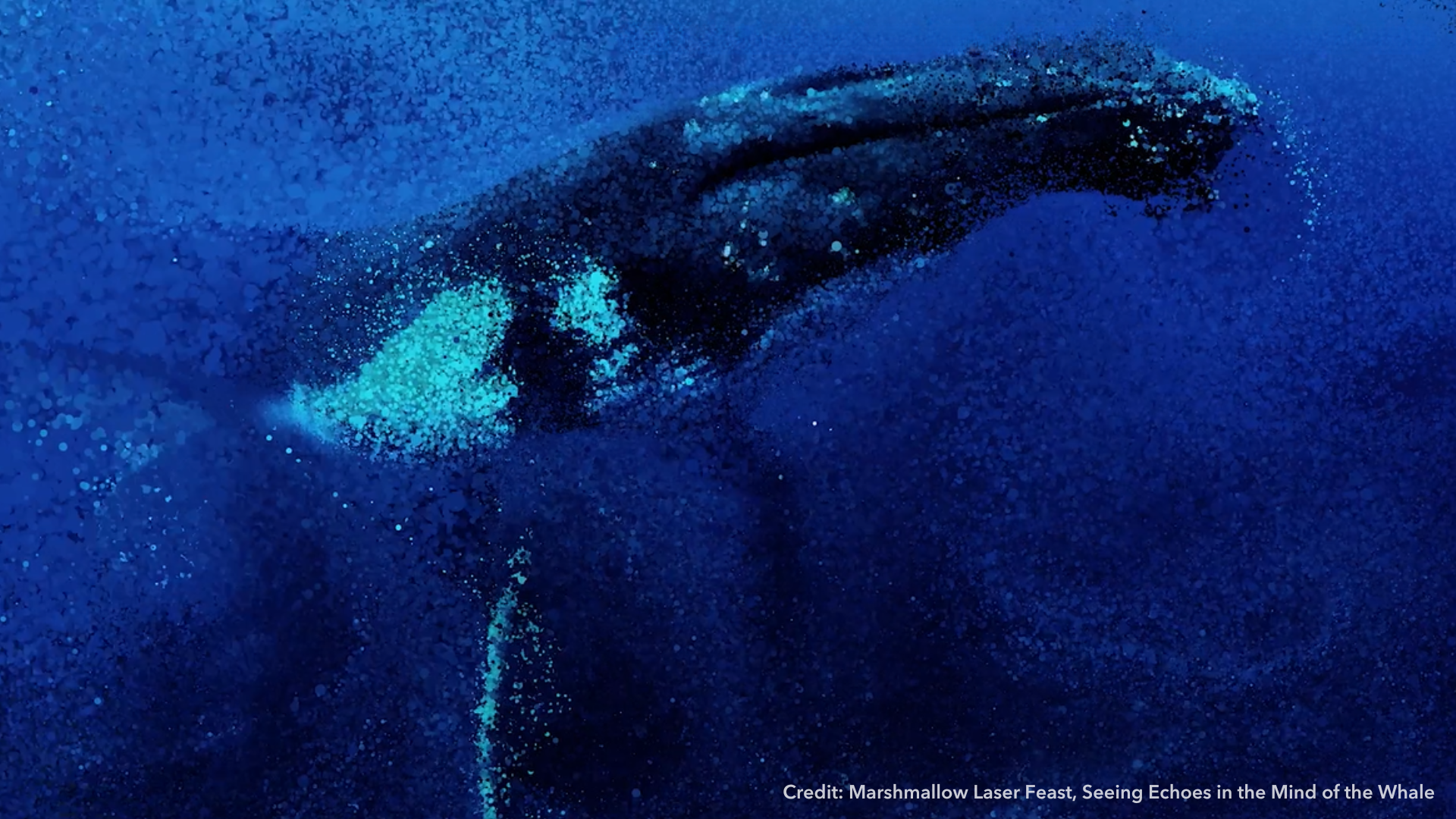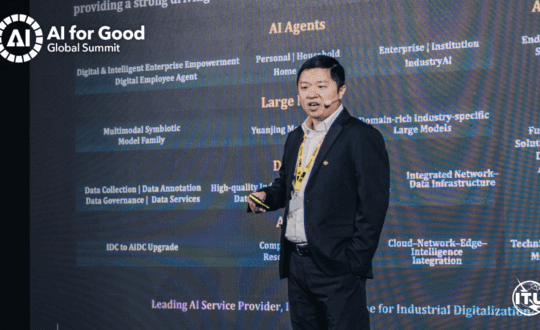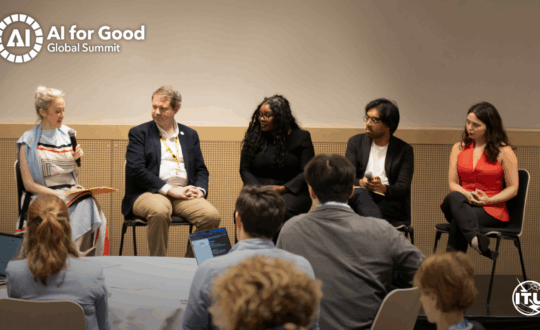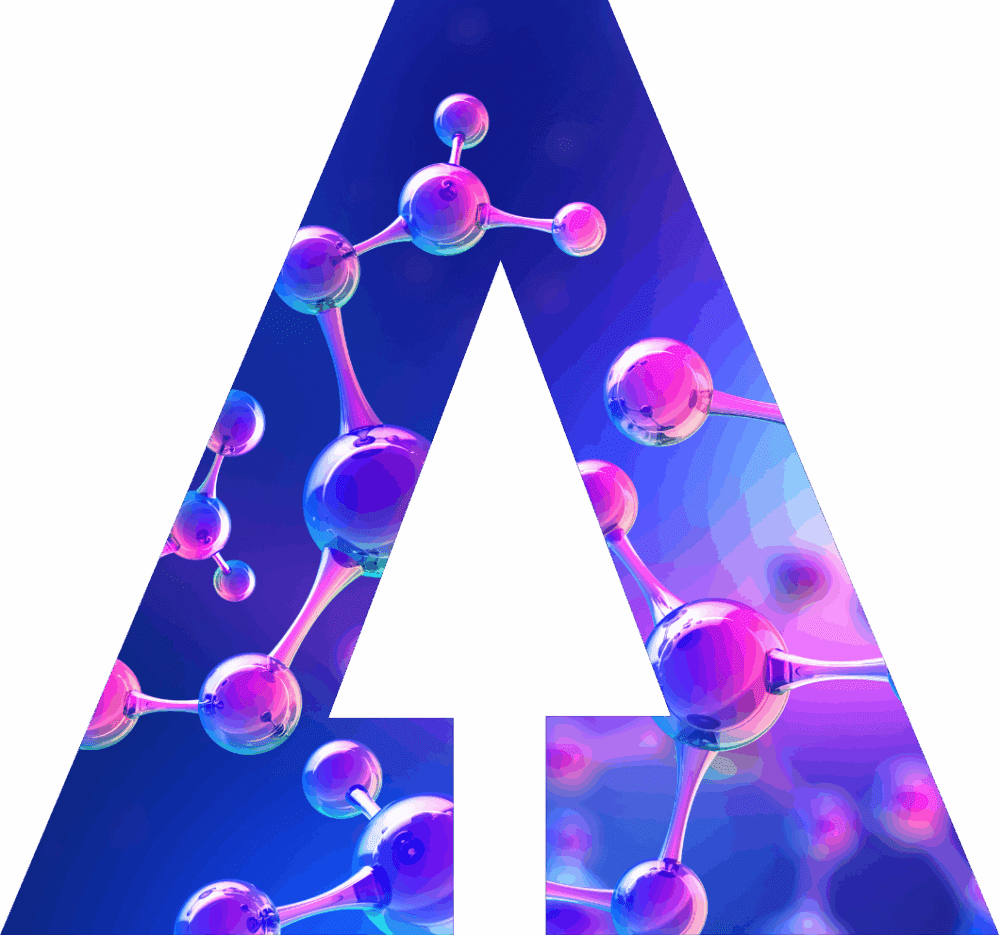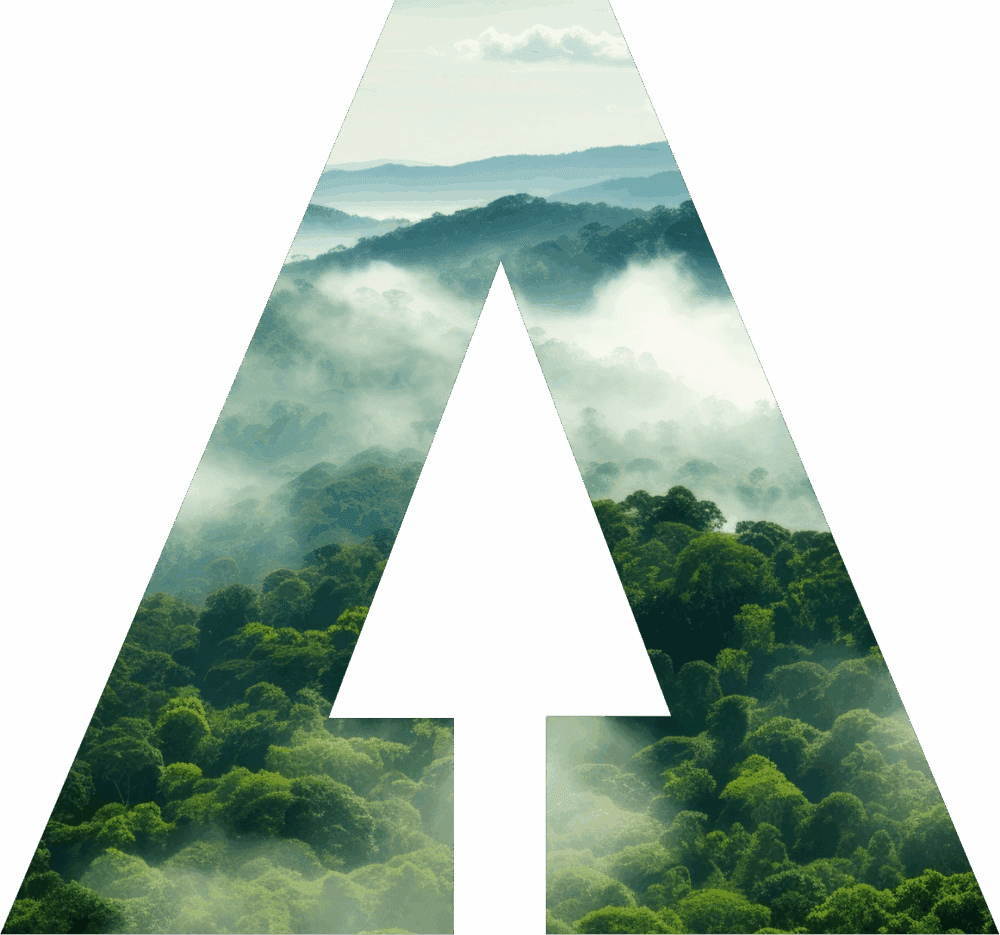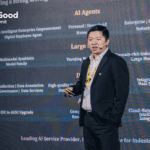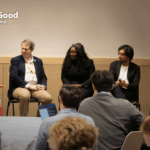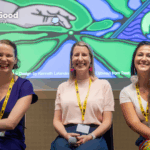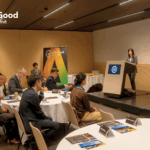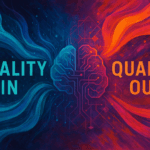The Artistic Intelligence Visionary Initiative (A.I.V.I.) – curated by Harry Yeff and supported by the Ministry of Science and ICT of the Republic of Korea – is back for Season 2, spotlighting artists who are shaping the future of creativity through technology. Kicking off this new season, the first episode invites viewers on a deep dive into the sensory worlds of cetaceans through the perspective of artist and director Ersin Han Ersin. As a member of the collective Marshmallow Laser Feast, Ersin explores the outer edges of art, science, and technology, crafting immersive, data-driven experiences that expand our understanding of life beyond the human.
Through a poetic fusion of real-time computing, generative AI, and ecological storytelling, Ersin’s work opens new pathways for artistic expression and invites reflection on how emerging technologies can transform our relationship with the natural world. In this A.I.V.I. episode, Ersin Han Ersin presents his installation Seeing Echoes in the Mind of the Whale, a work that visualizes and gives voice to marine life, offering a rare glimpse into the invisible.
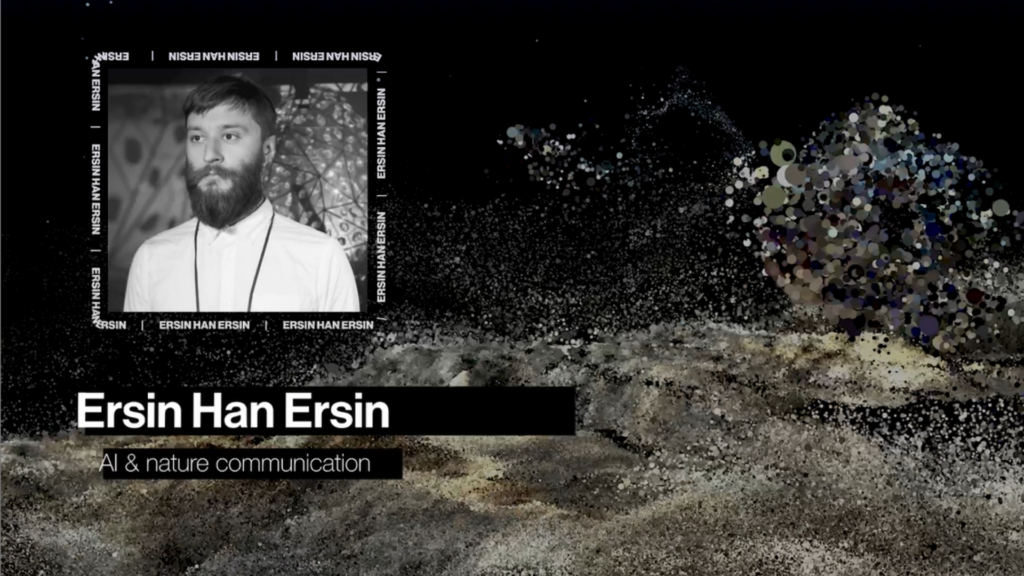
Who are you and what is your art and tech practice?
I am Ersin Han Ersin, artist and director, and part of the London-based experiential artist collective Marshmallow Laser Feast. Our work is rooted in fining emotional resonance within scientific stories – stories that connect us to the more-than-human world.
“Using emerging technologies, we aim to deepen our understanding of what it means to exist as something beyond the human.”
By fusing real-time computing with experiential art, computer vision with architectural tools, and contemporary imaging techniques with multisensory storytelling and tactility, we sculpt spaces that come alive through playful exploration. We use technology to amplify what is hidden, inviting others to see the extraordinary in the seemingly invisible.
Watch the full episode here:
What is your selected work and its description?
Seeing Echoes in the Mind of the Whale is a large-scale video installation that immerses viewers in the sensory world of cetaceans, celebrating the rich tapestry of life within our Earth’s oceans. The project follows whales as they move from the luminous surface to the enigmatic depths of the oceans, offering glimpses into their extraordinary perception of the world.
Sound is central to this work, just as it is to whales. In water, sound travels five times faster than in air, enabling whales to map their surroundings through echolocation and communicate across vast distances. The installation primarily revolves around three species. Each takes a breath at the surface before diving into the deep blue, and with each descent, the perspective shifts, inviting the audience to experience the world through their unique sensory lenses.
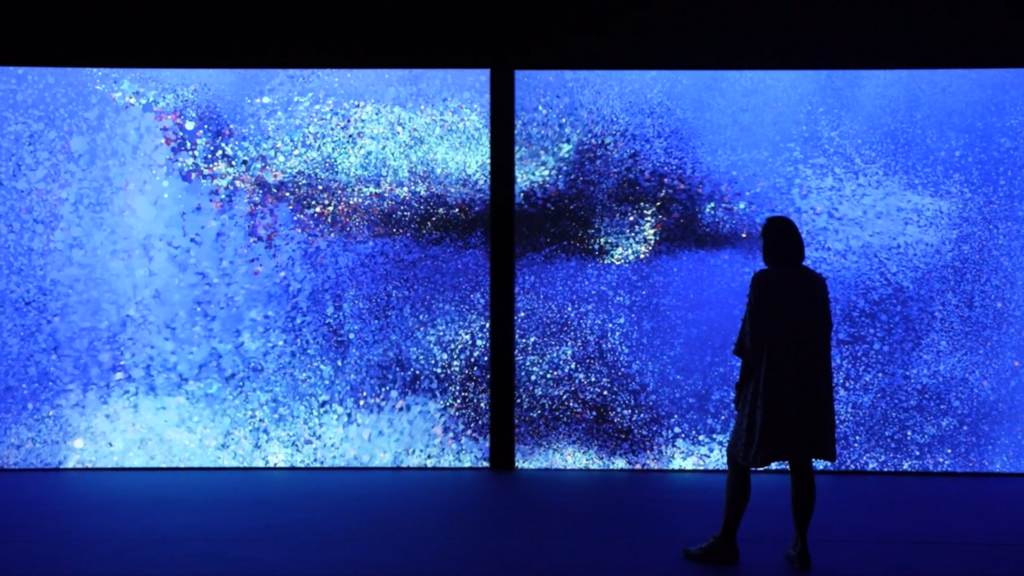
Credit: Marshmallow Laser Feast, Seeing Echoes in the Mind of the Whale
“This journey reveals how each species perceives and interacts with their surroundings, highlighting their remarkable adaptations and complex relationships with sound.”
Blending extensive hydrophone recordings, underwater videography, scientific insight, and real-time computing, Seeing Echoes in the Mind of the Whale offers a unique experience that seeks to bridge the gap between our world and the whale’s umwelt.
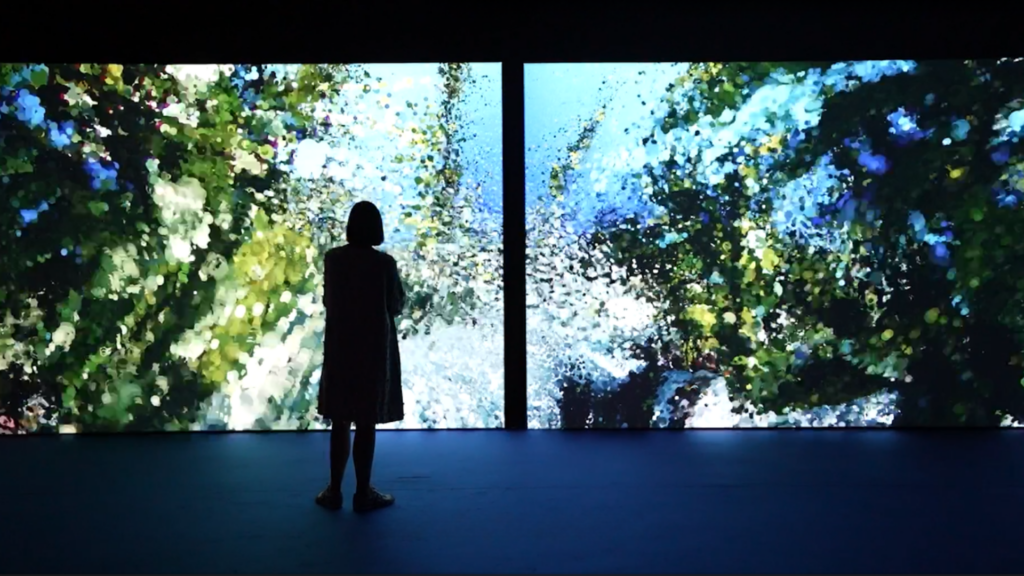
Credit: Marshmallow Laser Feast, Seeing Echoes in the Mind of the Whale
What technology was used to produce this work?
The project has two primary components: real-world recordings of cetaceans, and a simulated environment designed to visually interpret their auditory experience.
The sound world of the project is built on raw whale vocalizations captured from oceans worldwide. They undergo advanced signal processing and machine learning techniques to identify and categorize individual species’ vocalizations.
The visuals are constructed using a custom generative AI pipeline designed to extract features from underwater footage, segmenting marine elements and reconstructing volumetric data for each scene. This enables us to create a coherent, immersive underwater world from disparate video sources.
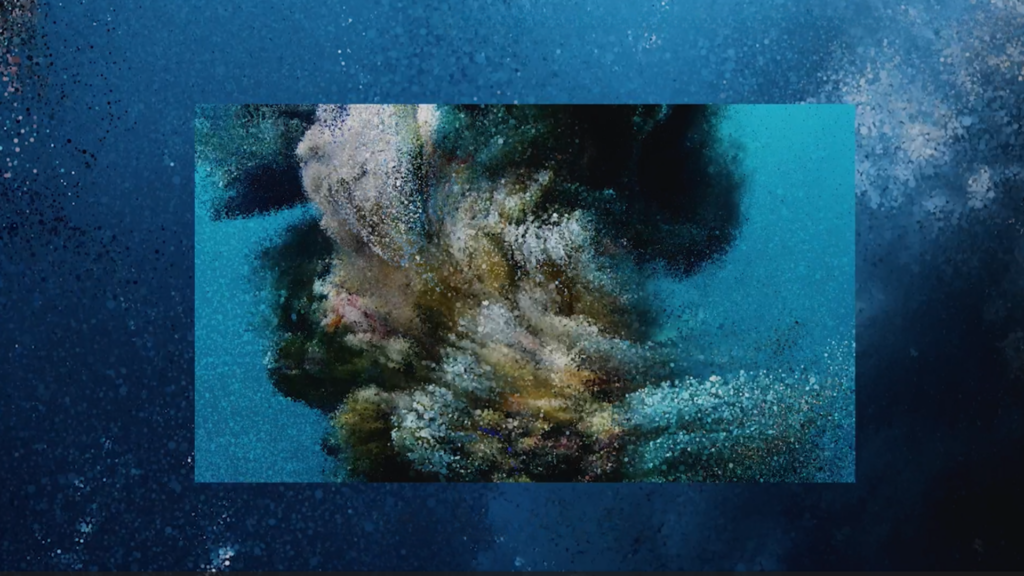
Credit: Marshmallow Laser Feast, Seeing Echoes in the Mind of the Whale
This data is then processed through a real-time render engine that uses auditory data as a dynamic input to create a rendition of sculpting with sound.
“The resulting multi-channel video and audio output are rendered into an immersive installation allowing us to glimpse what it might feel like to “see” through sound, as whales do.”
What aspect of this work brings insight to our possible future relationship with technology?
These emerging technologies empower artists and technologists to develop new creative pipelines, pushing the boundaries of aesthetics and engaging with real-world data in novel ways. Also, it is clear that cutting-edge algorithms and pipelines enable scientists to sift through vast amounts of data, accelerating their research while extending their sensory reach into the depths of the oceans.
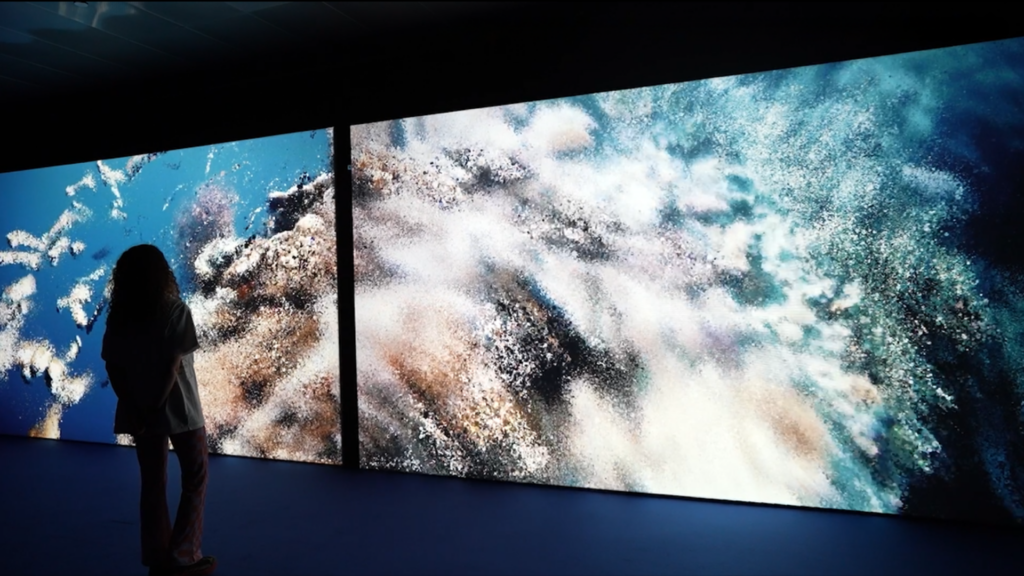
Credit: Marshmallow Laser Feast, Seeing Echoes in the Mind of the Whale
Through machine-mediated, real-time infrastructure, we can better understand rapid changes in marine ecosystems and respond with greater precision. This synergy can allow us to build coherent and immersive experiences that shift perspectives on the world around us. However, wide-scale deployment of such technologies will have an ecological impact that we need to be aware of.
What is one 20-year prediction for human + machine collaboration?
In 20 years, human and machine collaboration could serve as a profound reminder of the hope found in mutuality – the kind we see in the natural world.
Our technosphere can expand to embrace the well-being of the ecosphere. Intelligent machines might extend our sensory reach, plunging into the depths of the oceans to decode the vocalizations of cetaceans, revealing the impact of our presence on the living world.
“And perhaps, just perhaps, with their help, we might one day have a meaningful conversation with a whale – a chance to say: We are sorry. How can we make it right?”
Ersin Han Ersin’s vision captures the essence of A.I.V.I.: pushing the boundaries of what is possible when creativity meets technology. His work is a reminder that innovations often begin with curiosity and care. Art like Seeing Echoes in the Mind of the Whale reveals how technology can reconnect us, not only with one another, but with the broader web of life we belong to.
From 8 to 11 July in Geneva, the AI for Good Global Summit will continue to spotlight these visionary initiatives, at the intersection of art and technology, bringing together to shape and inspire the future for AI.



